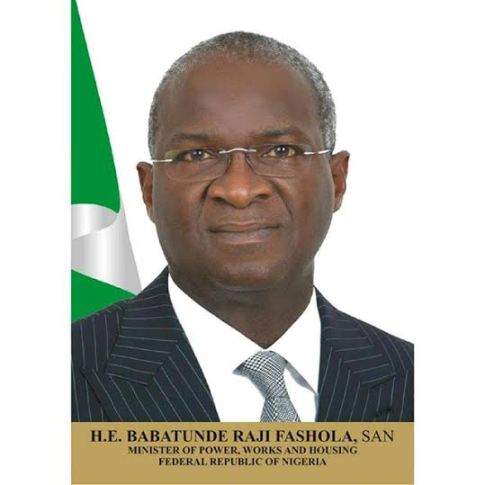The Minister of Power, Works and Housing, Mr. Babatunde Fashola, has described the nation’s power sector development over the past few years as epochal in terms of volume of power beign generated and distributed to consumers when compared with the electricity supply rate in the past.
Fashola, in a speech he delivered at the Nigeria-South Africa Chamber of Commerce (NSACC) October 2018 breakfast forum, noted that the progress in the power sector derived from the present administration’s investments and other policy initiatives that have attracted more investors to the capital intensive sector.
According to the minister, Nigeria’s power generation in 2015 when the present administration assumed office averaged 4,000 megawatts (MW), while transmission and distribution averaged 5,000MW and 3,000MW respectively.
The minister explained: “As to what we promised, I stated in my very first public briefing in November 2015 that contrary to previous practice, we were committing to a journey; first of getting incremental power, with the plan to proceed to steady power, and ultimately get uninterrupted power.
“I made it clear that our intention was to improve your power supply experience gradually rather than discuss the megawatts as quantum of power, and that any reference to the megawatts would be measuring milestones of our progress in the journey of incremental power.”
“As to where we are today: from 4,000MW, generation has reached 7,000MW, averaging incremental generation of 1,000MW every year since 2015; transmission has reached 7,000MW from 5,000MW, averaging 666MW of incremental transmission every year; and distribution peaked at 5,222MW in January of this year, from about 3,000MW in 2015, averaging 740MW incremental distribution capacity every year.”
“We have moved the needle forward – I see progress,” the minister added, while stating that Nigerians would have to decide to enjoy more powers by choosing who to elect in the 2019 elections.
“You will compare our record of three years with what we met after the previous 16 years. If you compare our performance record in three years with the 16-year record of the previous administration in the areas of generation, transmission and distribution you will get the following instructive results: incremental generation of 1000MW per year against 4000MW in 16 years which amounts to 250MW per year; transmission capacity improvement by 666MW per year against 5000MW in 16 years which amounts to 312.5MW per year; and distribution capacity improvement by 740MW per year as against 3,000MW in 16 years which amounts to 187.5MW per year,” Fashola added.
However, the Association of Nigeria Electricity Distributors of Nigeria (ANED), had early this year claimed that the power generation as at January 2015 stood above 6,000MW.






